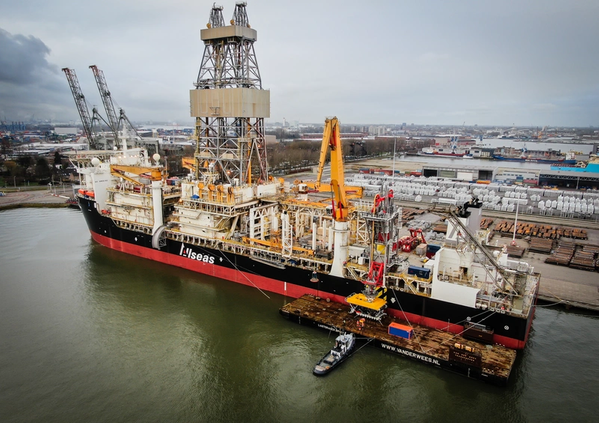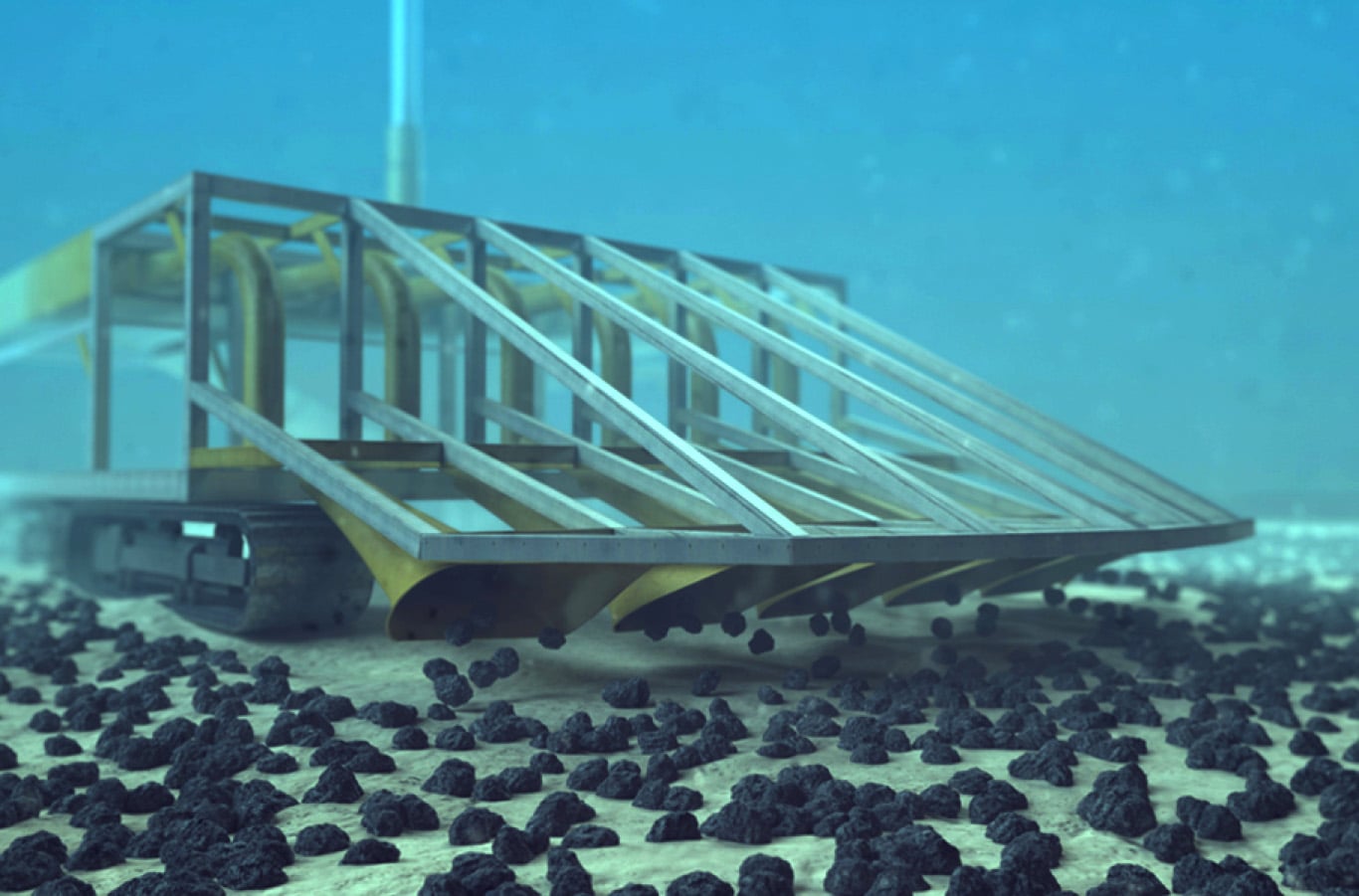Andrew Thaler for the Deep-sea Mining Observer
The Metals Company capped off 2022 by setting a historic milestone in the development of deep-sea mining technology. As the International Seabed Authority Council convened in Kingston, the crew of the AllSeas vessel MV Hidden Gem completed the first successful recovery of polymetallic nodules from the abyssal plain using an integrated collector and riser and lift system. This marks a key technological milestone in the march towards commercial deep-sea mining.
This test comes following successful testing of the nodule collection vehicle and riser and lift system in the shallower water of the North Sea, earlier this year.
“This pilot collection system trial and monitoring campaign is the single most important milestone in de-risking the NORI-D project and establishing actual data on the environmental impact profile of potential nodule collection operations and improvements we can make going forward.” said The Metals Company CEO Gerard Barron in a press release.
In the mid-to-to late 1970s, there was a flurry of activity in the Clarion Clipperton Fracture Zone, with multiple pre-UNCLOS contractors vying to perfect the recovery of polymetallic nodules from the seafloor. TMC successful recovery this fall marks the first time since the ratification of the UN Convention on the Law of the Sea that polymetallic nodules have been recovered at volume from the CCZ for the purpose of testing commercial mining tools.
The nodule collection test was preceded by a contentious discussion over an Environmental Impact Assessment submitted by The Metals Company subsidiary, Nauru Ocean Resources Inc., and approved by the International Seabed Authority. During the review period, several organizations expressed disappointment that the stakeholder review process was insufficient for comments and discussions to be addressed in revisions to the EIA. For more on that process, see a recent commentary by Pradeep Singh and Maila Guilhon, here: https://dsmobserver.com/2022/12/a-reflection-of-the-eia-process-for-exploration-activities-at-the-international-seabed-authority-in-light-of-the-recent-nori-eis/
Ultimately, however, the Legal and Technical Committee approved the EIA, which, as an experimental equipment test, fell under the aegis of the existing Exploration Regulations for Polymetallic Nodule in the Area, rather than the yet-to-be finalized Mining Code.
The nodule collector test will also serve as a key point of focus for environmental impact studies, as monitoring the now-disturbed area will provide data on how ecosystems recover from deep-sea mining over the coming decades.
We reached out to The Metals Company and will update if we receive a response.
Featured Image: MV Hidden Gem, photo by AllSeas.





